- Learning time
- 30 minutes
- First play time
- 120 minutes
London
Designed by: Martin Wallace
In London players represent overseers of the city’s architecture and culture from the Great Fire until the last century. Players play cards to a tableau in front of them, build buildings, and attempt – hopefully – to eradicate poverty.
The board shows a map of early London, made up of areas in which the players can establish a presence and, in the latter stages of the game, start building the Underground. Although London comes with a board, it’s essentially a card game. You begin with a hand of cards and on your turn you’ll be adding to your hand from the available selection and choosing which card to play, if any, to your city: a tableau you’re building in front of you on the table.
The cards represent different aspects of London (most often buildings) and they come in various colours. In order to play a card to your city you need to discard a card of the same colour that you’re playing. So throughout the game you’re making decisions based on which cards to add and which cards to sacrifice. Some cards are free to play, and some cost money. All cards give you a benefit of some kind when you run your city – that is, you action one or more of the cards you’ve previously played. Some cards cost something (money, or another card) to action, and all cards give you a benefit when actioned – victory points, money or a reduction of poverty – more on the latter in a moment. Having been actioned, most cards will flip over and can’t be actioned again, whereas a few stay face-up for unlimited use.
So you need to keep running your city in order to keep a stream of money and points coming in. BUT – running your city accrues you poverty points; and these are really bad at game end as they potentially (depending who has the most of them) take points off your final score. How many you get is down to a simple logarithm: how many cards you have; both in your city and in your hand, minus how many areas you’ve established a presence in on the board.
So back to the board: on your turn you can buy a presence in the city using money, and as well as the poverty benefit above you’ll also get money, victory points, and cards. And some cards in your city reward your presence in different areas of the board: next to the river, for instance, or where Underground stations have been built.
Finally – as if managing architecture and poverty wasn’t enough – you can also take loans to help pay for your running costs. But if these aren’t repaid by the end of the game, they will come back and bite you on the behind!
NOTE: London has since been redesigned and re-released, with the newer version not featuring a board at all.
The guru's verdict
-
Take That!
Take That!
Low, although you can be squeezed out of areas on the board and find the card you want from the display gets snapped up.
-
Fidget Factor!
Fidget Factor!
High on a first play, low on subsequent plays. Your decision-making shouldn't be too taxing once you've grasped the games' mechanics.
-
Brain Burn!
Brain Burn!
Not too bad, although occasionally there may be some math to work out your optimal move.
-
Again Again!
Again Again!
Card order is random (albeit broken into three distinct 'ages') and a small change in your card hand can have a big impact on your tactics. So a game that has a lot of plays in it.


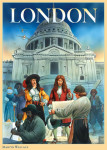
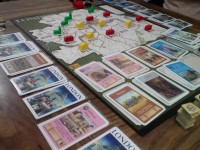

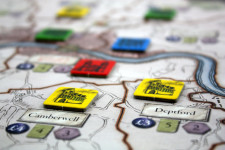



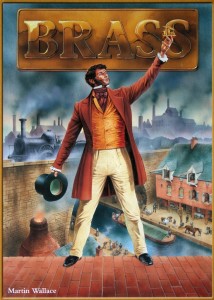
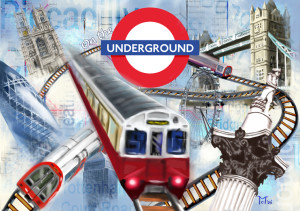
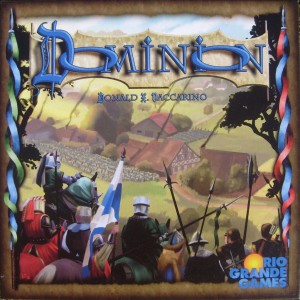


Sam says
I really want to like London, because I think it's an interesting theme. But although the design is both elegant and satisfying, there's a kind of dryness to it all that doesn't draw me back in, as well as a sense of rhythm - draw cards, lay cards, run cards - that verges on feeling repetitive to me. I'm sure in actuality it is no more repetitive than many games, but somehow I notice it more. But it's highly regarded by many, and not for nothing.